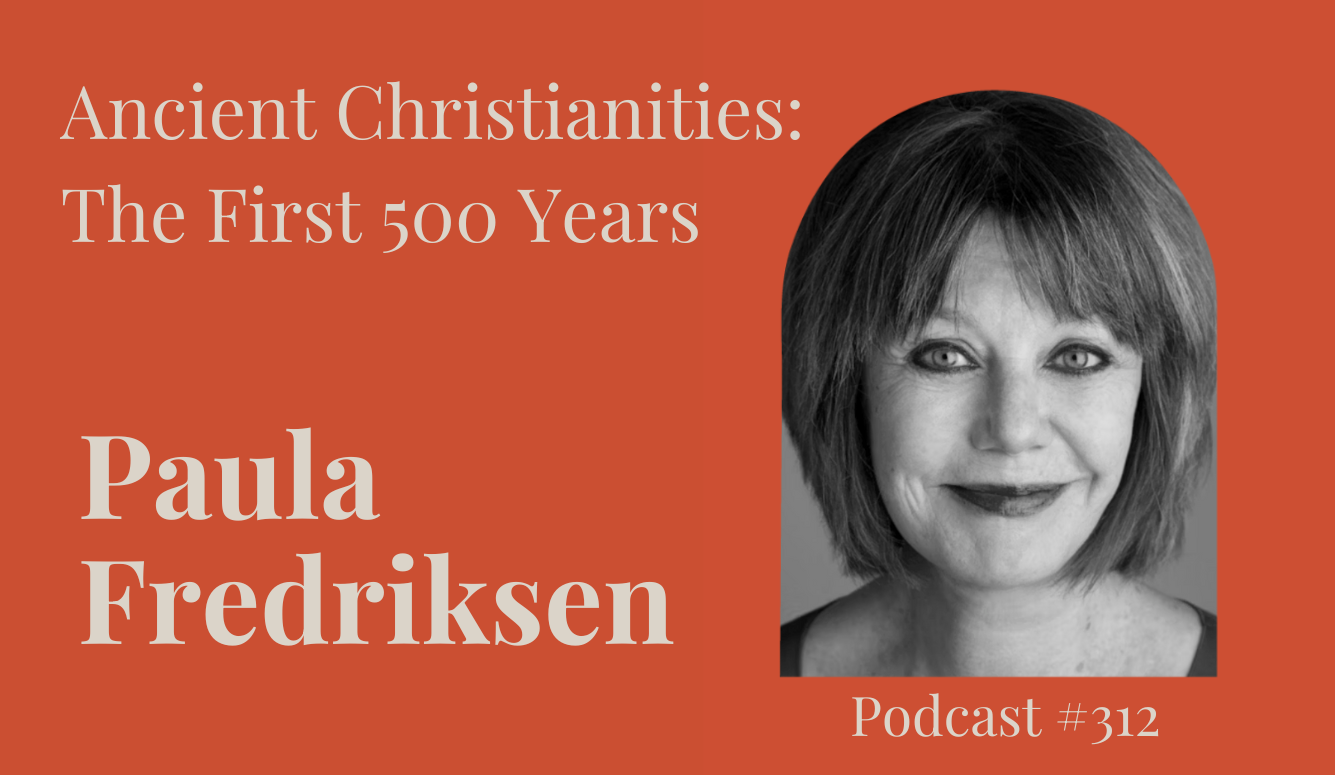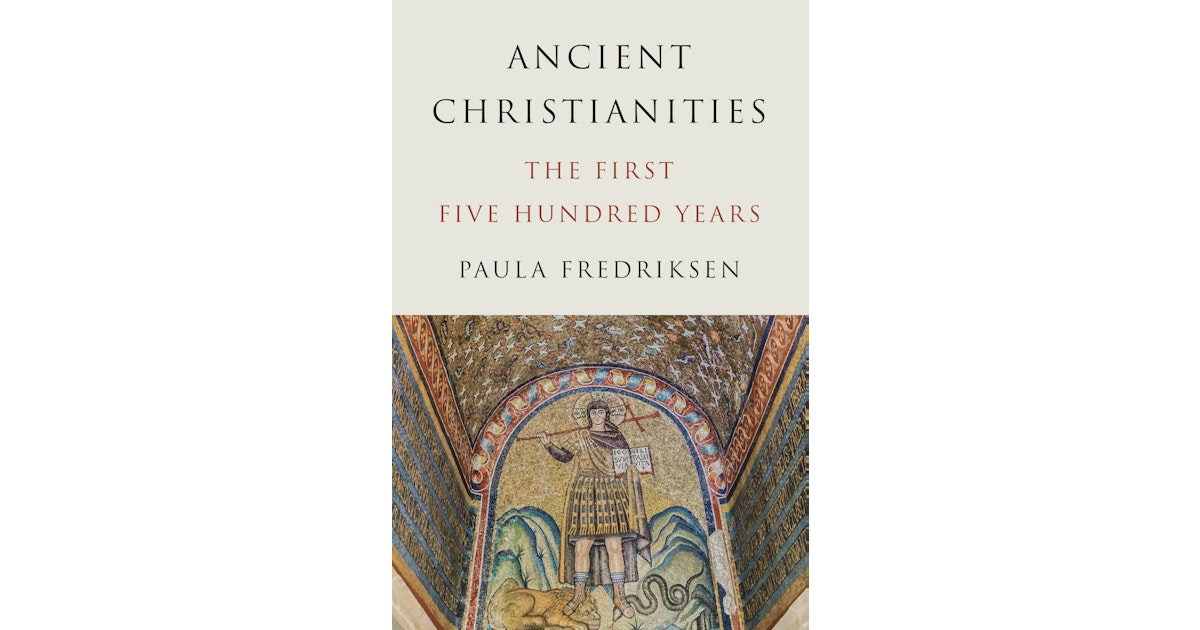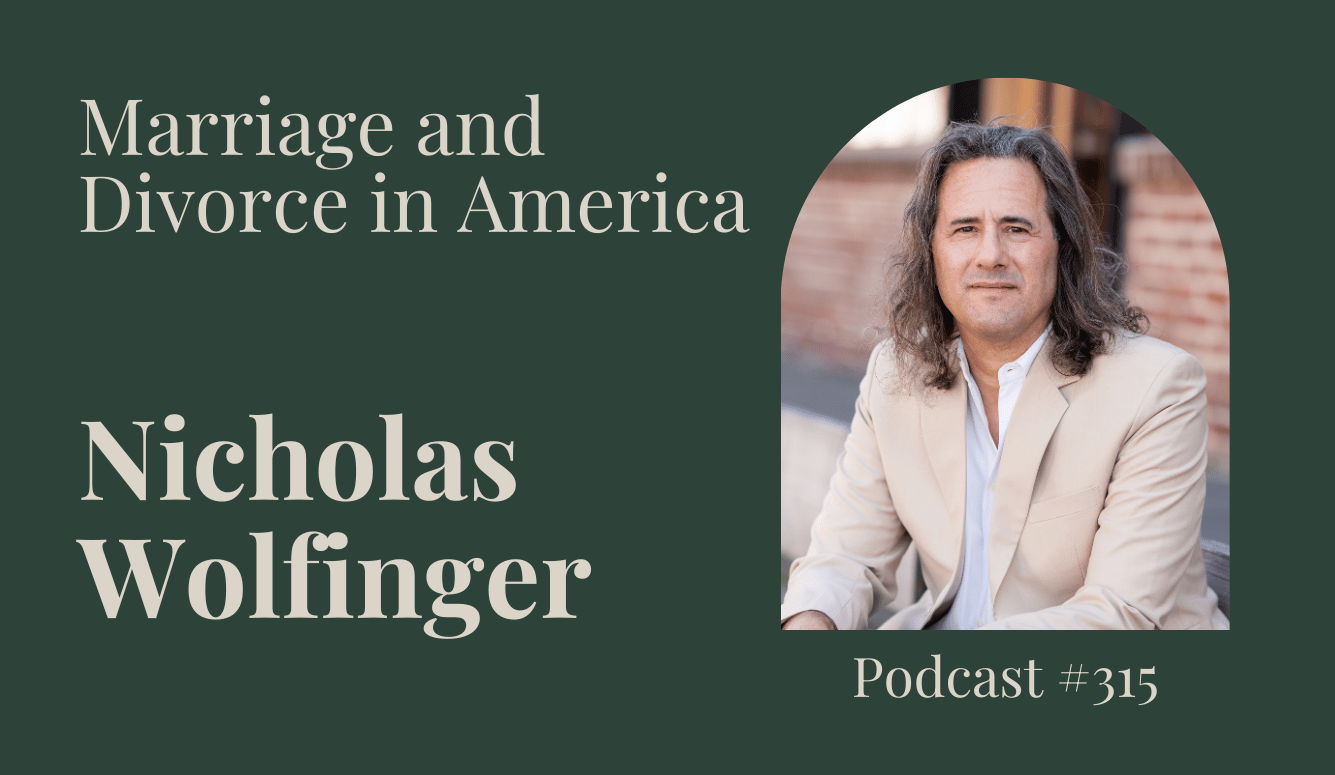Podcast
Podcast #312: Ancient Christianities: The First 500 Years
Jonathan Kay speaks with scholar Paula Fredriksen, whose new book describes the theological diversity that existed among Christian communities before Nicene Christianity was adopted as Rome’s state religion in the fourth century.

This week on the podcast, we’re going to be getting into the Christmas spirit early, and in the most festive way imaginable… with a deep dive into the theology and liturgy of the first Christian communities.
With me to discuss this subject is Paula Fredriksen, formerly the William Goodwin Aurelio Professor of Scripture at Boston University, and, more recently, a distinguished visiting professor in the Department of Comparative Religion at the Hebrew University of Jerusalem.
Her new book, published by Princeton University Press, is titled Ancient Christianities: The First Five Hundred Years. As she’ll discuss, the plural noun in her title—Christianities—encapsulates her book’s thesis—which is that the religion we call Christianity was practised and expressed in many different forms prior to the fourth century AD, which is when the Roman Empire proclaimed the Christian faith to be the imperial creed.

When that happened, about 1,700 years ago, all those varied Christian and proto-Christian communities around the Mediterranean Sea, North Africa, and the Middle East came under imperial pressure to conform to the official version of the faith that would be articulated at the First Council of Nicaea.
As we all know, that didn’t stop rival sects from emerging, and the debate about what constitutes true Christian doctrine continues to this day.
However, as Professor Fredriksen explains, the involvement of the imperial Roman administration generated enormous conformist pressures on Christians, since bishops approved by Rome received status and resources to grow their flocks; while bishops denounced as heretical were cast to the margins, or worse.
As a result, orthodox Christian faith came to embrace the idea of a single God, the Father almighty, maker of all things; and one Lord, Jesus Christ, the Son of God—begotten from God’s substance. But prior to the fourth century, there were all sorts of Christian theories about the nature of God and Christ, and the relationship between the two—some of which might be described as polytheistic.
Alas, we know relatively little about these early Christian belief systems because their priests and scriptures were systematically targeted as dangerous heresies. As Professor Fredriksen explained to me, much of what we do know about these heresies comes to us from the officially preserved denunciations authored by those theologians whose views eventually won the day. History, as they say, is written by the winners.
And so by necessity, the discussion that follows is going to be fairly heavy on early Christian theologians—including Origen of Alexandria, Valentinus, Justin Martyr, Irenaeus, Athanasius of Alexandria, Tertullian, and, as you’ll hear, my favourite, Marcion of Sinope.
Please enjoy my interview with Professor Paula Fredriksen, author of the Princeton University Press book, Ancient Christianities: The First Five Hundred Years.






